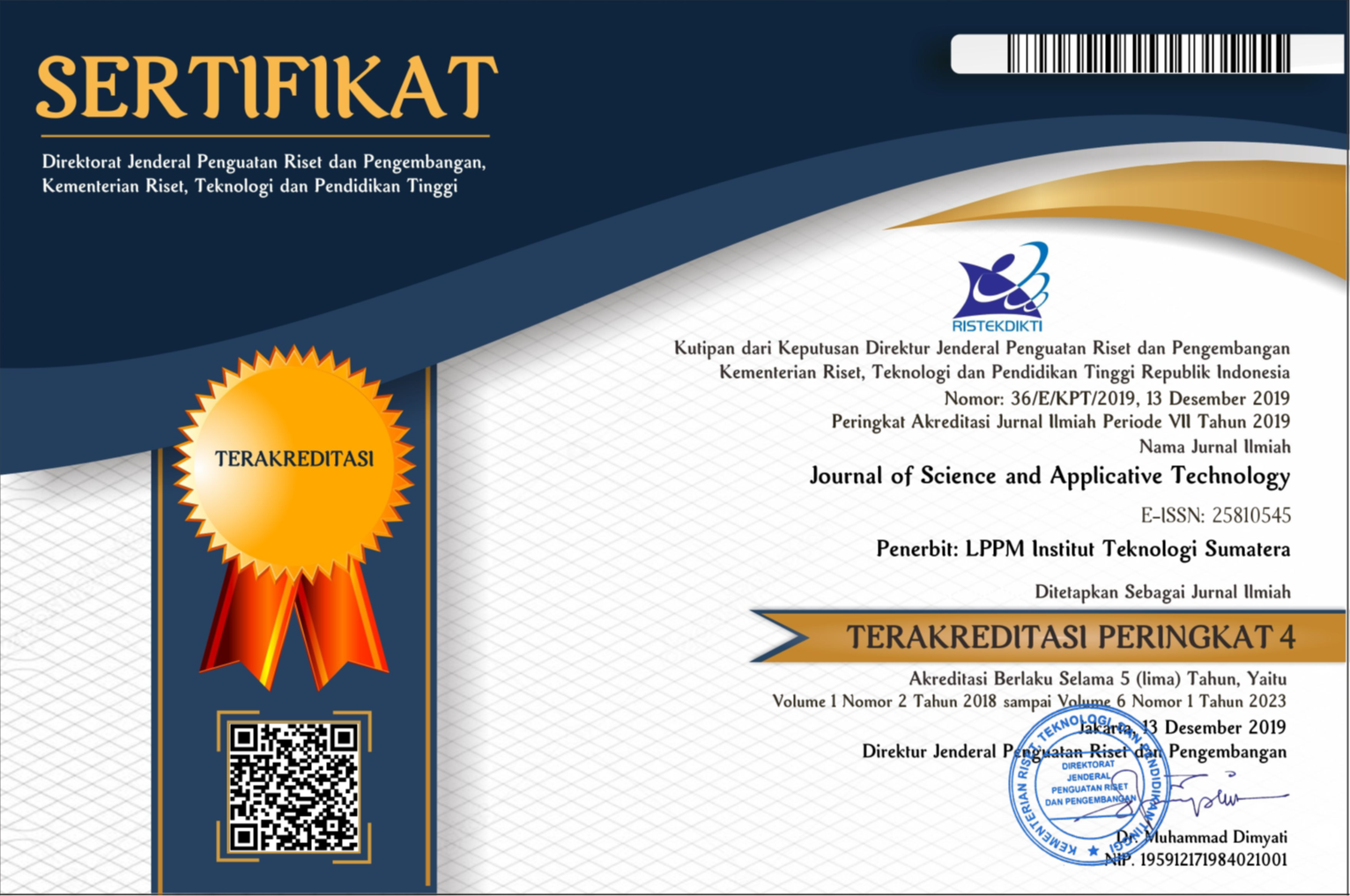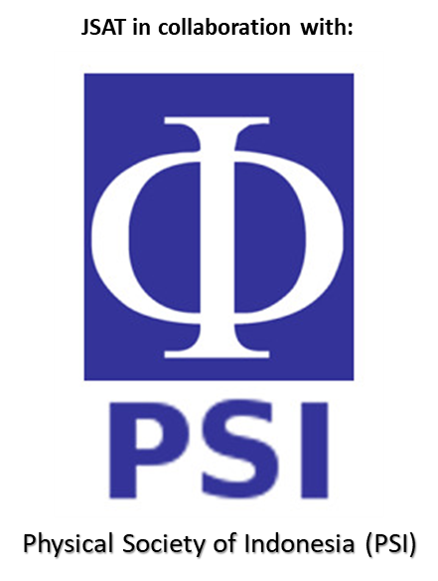Hydrodynamic numerical investigation and sedimentation, a study cases in Lontar steam-electric power plant
Abstract
The intake pump of the Lontar steam-electric power plant cannot operate optimally due to a drawdown in the forebay. The capacity of the conveying channel decreases, possibly caused by sedimentation at the intake mouth. So, an initial investigation is required using hydro-oceanographic and sedimentation numerical modeling in that area. Numerical modeling is conducted to simulate flow phenomena to obtain a model and measurement data for qualitative assessment. Hence, the flow condition in the study area is a mix of ocean current and circulating water pump discharge. Hydrodynamic modeling has been successfully conducted to assess their interaction in this zone properly by using open-source software called Delft3D Hydro-morphodynamic. This research uses primary data or field measurement data like bathymetry, sediment, and discharge data for input. Model calibration used tidal and current data. Based on the results of the numerical modeling, it is evident that sediment deposition occurs at the intake mouth area due to the suction of the circulating water pump unit, resulting in sediment being carried and deposited during high water levels and a slowing down of flow rate. Sedimentation issues can addressed through dredging, and for the long-term recommendation to install a breakwater to extend the dredging service life at the intake mouth.
Downloads
References
[2] Berenbrock, Charles, & Tranmer, A.W., (2008). Simulation of Flow, Sediment Transport, and Sediment Mobility of the Lower Coeur d’Alene River, Idaho, U.S. Geological Survey Scientific Investigations Report 2008–5093.
[3] Egbert, G.D. & Erofeeva, S.Y “Efficient Inverse Modeling of Barotropic Ocean Tides” Journal of Atmospheric and Oceanic Technology,2022
[4] M.Alvarez, R Carballo, V Ramos, G Iglesias, “ An Integrated approach for the planning of dredging operations in estuaries” Elsevier, 2017.
[5] Qingguang Zhu, Ya Ping Wang, Shu Gao, Jicai Zhang, Mingliang Li, Yang Yang, Jianhua Gao,”Modeling morphological change in antropogenically controlled estuaries” Elsevier, 2017.
[6] Van Maren, B, “An Introduction to Cohesive Sediment Transport Modelling” Delft: Deltares ed.2009
Copyright (c) 2023 Journal of Science and Applicative Technology

This work is licensed under a Creative Commons Attribution-NonCommercial 4.0 International License.
All the content on Journal of Science and Applicative Technology (JSAT) may be used under the terms of the Creative Commons Attribution-NonCommercial 4.0 International License.
You are free to:
- Share - copy and redistribute the material in any medium or format
- Adapt - remix, transform, and build upon the material
Under the following terms:
- Attribution - You must give appropriate credit, provide a link to the license, and indicate if changes were made. You may do so in any reasonable manner, but not in any way that suggests the licensor endorses you or your use.
- NonCommercial - You may not use the material for commercial purposes.
- No additional restrictions - You may not apply legal terms or technological measures that legally restrict others from doing anything the license permits.





















